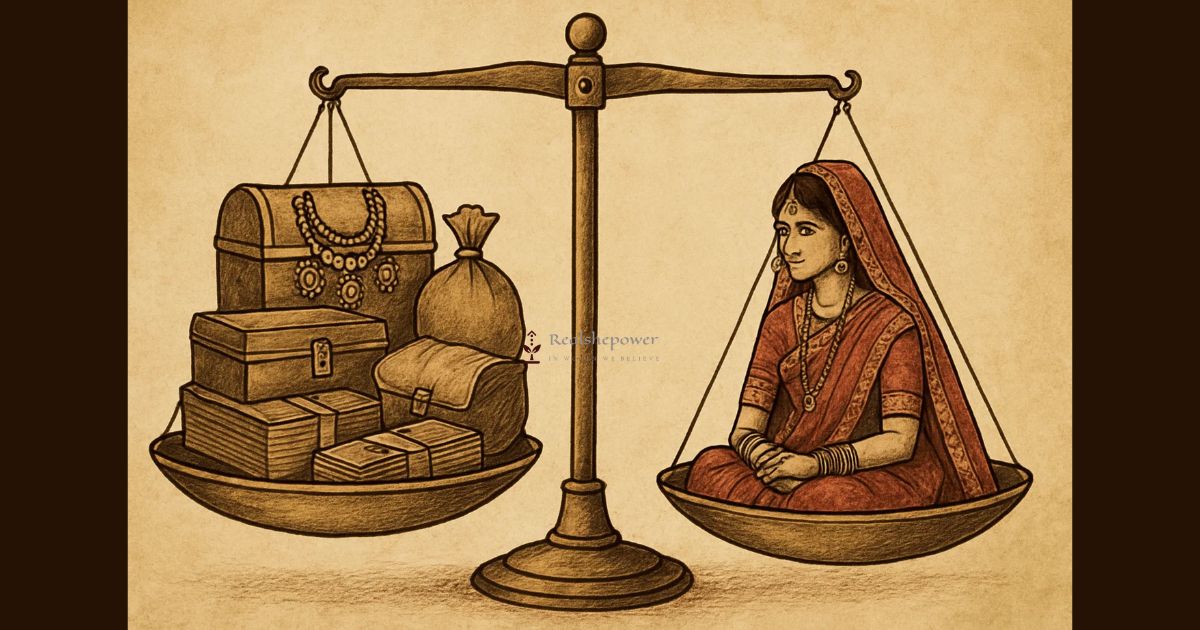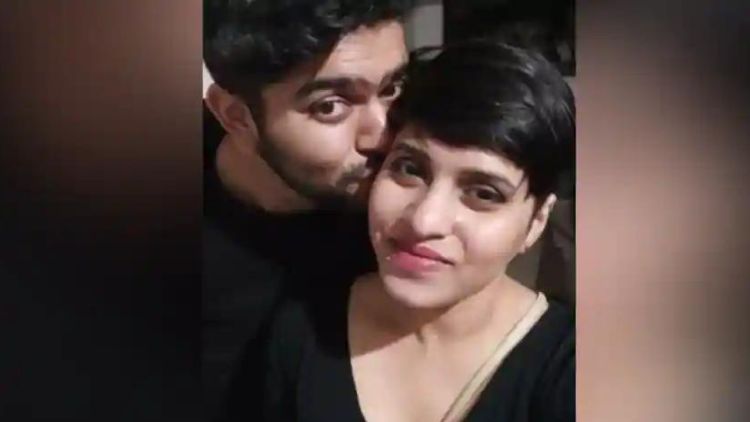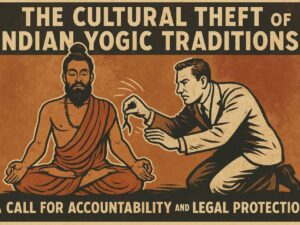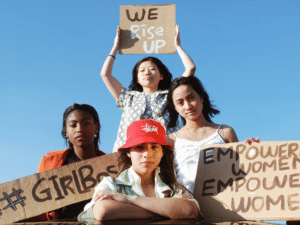In the bustling heart of India, where ancient traditions intersect with rapid modernization, the grim reality of dowry deaths continues to cast a long shadow over countless families. As a nation grappling with gender inequality, dowry-related violence remains one of the most pressing human rights issues. This blog post delves into the factual landscape of dowry deaths in India, drawing from official statistics, legal frameworks, and documented cases to highlight the scale and persistence of this social scourge.
Understanding Dowry: The Root of the Problem
Dowry, a practice rooted in cultural customs, involves the transfer of money, goods, or property from the bride’s family to the groom’s at the time of marriage. Despite being illegal under the Dowry Prohibition Act of 1961, which prohibits giving, taking, or demanding dowry with penalties including imprisonment up to two years and fines, the custom persists across socioeconomic strata. When demands for additional dowry go unmet, it often escalates to harassment, physical abuse, and in extreme cases, the death of the bride—frequently disguised as suicide or accidents.
According to the NCRB’s annual Crime in India report, dowry deaths are classified under Section 304B of the Indian Penal Code (IPC), which addresses the death of a woman within seven years of marriage due to cruelty or harassment by her husband or in-laws over dowry. Conviction under this section carries a minimum sentence of seven years, extendable to life imprisonment.
The Alarming Statistics: A Decade of Data
The numbers paint a stark picture of the epidemic’s scale. In 2021, the latest year with comprehensive NCRB data available, India recorded 13,046 cases of cruelty by husband or relatives, with 6,589 specifically classified as dowry deaths—a daily average of 18 women losing their lives to this violence. This marks a slight decline from 7,077 cases in 2020, but experts attribute fluctuations to underreporting rather than genuine progress. Uttar Pradesh topped the list with 2,218 dowry death cases in 2021, followed by Bihar (1,057) and Delhi (344), reflecting higher incidences in northern states where patriarchal norms are deeply entrenched.
Over the past decade (2012–2021), NCRB data shows a total of over 70,000 dowry deaths, with an average annual figure hovering around 7,000–8,000. A 2019 study by the United Nations Population Fund (UNFPA) estimated that underreporting could inflate these numbers by 20–30%, as many cases are misclassified as suicides—suicide rates among married women aged 15–29 are disproportionately high, at 148 per 100,000 as per a 2022 Lancet study, often linked to dowry pressures.
Conviction rates remain abysmally low, at around 34% in 2021, per NCRB figures, due to challenges like lack of evidence, witness intimidation, and societal stigma that discourages families from pursuing justice.
Legal Framework and Government Responses
India’s response to dowry deaths has evolved through legislation. The 1986 amendment to the IPC introduced Section 498A, criminalizing cruelty by husbands or relatives, including mental harassment over dowry, with punishments up to three years. The Protection of Women from Domestic Violence Act, 2005, further provides civil remedies like protection orders and residence rights.
The government has launched awareness campaigns, such as the Beti Bachao Beti Padhao (Save the Daughter, Educate the Daughter) initiative in 2015, which indirectly addresses dowry by promoting girls’ education and empowerment. In 2022, the Ministry of Women and Child Development reported allocating ₹200 crore (about $24 million USD) for anti-dowry programs, including helplines like the 181 Women’s Helpline, which handled over 1.2 million calls related to domestic violence in 2021–2022.
Despite these efforts, enforcement lags. A 2023 Supreme Court observation noted that “dowry deaths continue unabated,” urging stricter implementation of laws.
Real-Life Cases: Documented Incidents from News Reports
To illustrate the human cost, here are factual accounts of notable dowry death cases reported by credible outlets like The Times of India, Hindustan Times, and BBC News, focusing on verified details without speculation.
- The Shraddha Walkar Case (2022, Delhi): In a high-profile incident that shocked the nation, 28-year-old Shraddha Walkar was murdered by her live-in partner Aaftab Poonawala. While not a traditional marriage, the case highlighted dowry-like financial demands. Police reports confirmed Poonawala strangled her during an argument over money, dismembered her body, and disposed of it across Delhi. The Delhi Police filed charges under IPC Sections 302 (murder) and 498A. As of October 2023, the trial is ongoing in Saket District Court, with forensic evidence including DNA matches confirming the brutality. This case, though extramarital, underscored broader patterns of financial coercion mimicking dowry violence, drawing national attention to the issue.
- The Nisha Case (2021, Uttar Pradesh): In Lucknow, 25-year-old Nisha was set ablaze by her in-laws after her family failed to meet demands for a car as additional dowry, just three months into her marriage. Autopsy reports from King George’s Medical University confirmed 90% burns leading to death. The Uttar Pradesh Police arrested her husband and three in-laws under Section 304B IPC. The case was registered based on a complaint by Nisha’s brother, and in 2023, a local court sentenced the perpetrators to life imprisonment, marking a rare swift conviction. This incident was reported in The Hindu, highlighting how dowry demands often intensify post-marriage.
- The Anjali Case (2019, Haryana): In Rohtak, 22-year-old Anjali died from poisoning administered by her husband and mother-in-law over unmet dowry expectations for gold jewelry. Medical examination at PGIMS Rohtak revealed lethal levels of poison, ruled as homicide. Haryana Police invoked the Dowry Prohibition Act alongside IPC charges. The family had paid an initial dowry of ₹5 lakh (about $6,000 USD), but further demands led to the fatal assault. In 2022, the Punjab and Haryana High Court upheld a 10-year sentence for the accused. Coverage by India Today emphasized the role of caste and economic pressures in such rural cases.
These cases, among thousands, reveal patterns: victims are often young women from modest backgrounds, deaths occur within the first few years of marriage, and in-laws are frequently implicated.
The Broader Implications and Path Forward
Dowry deaths not only claim lives but also perpetuate cycles of inequality, with economic burdens disproportionately affecting lower-income families. A 2020 World Bank report linked dowry practices to reduced female workforce participation, as families prioritize savings for marriages over education or careers.
While progress is evident in declining child marriage rates (from 47% in 2006 to 23% in 2021 per NFHS-5 survey), dowry deaths persist as a marker of unfinished social reform. Continued vigilance through data-driven policies and community education is essential.
This post is compiled from official NCRB reports (2021 edition), government portals, and peer-reviewed studies. For deeper reading, refer to the NCRB website or UNFPA publications. Stay informed, stay vigilant, and remember facts are our strongest tool against injustice.
If you have facts or resources to add, comment below. This blog is for awareness only.












































